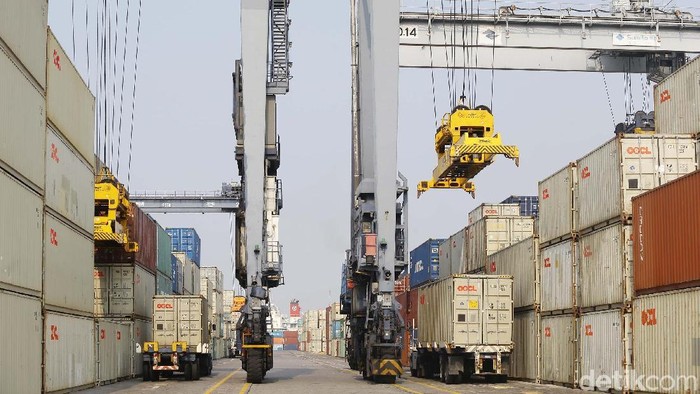Export diversification has been debated to be the key to increasing economic growth and improving the economic performance of developing countries (Agosin et al., 2012). In developing economies export diversification has been hampered by excessive trade concentration and high dependence on few primary products for export (Ibrahim and Yusuf, 2017; Newfamer et al., 2009). The Economic Commission of Africa (ECA) predicts the impact of the Covid-19 outbreak to be more significant in developing low-income countries, because of high dependence on primary products export (Parteka, 2020). While in this study, export diversification is described as the ability of countries to manufacture a category of commodity compatible with the world’s export pattern. The more a country exports the higher the export diversification. Therefore, this study focuses on human capital as a knowledge-driven economy that promotes export diversification. This is important because most empirical studies have said little about the human capital effect of export diversification. It has been observed that excessive trade concentration in certain commodities is perilous for developing countries (Parteka, 2020). The impact of the diversification of export in international trade also affects the education sector because specialization in the production process will involve a country’s labour demand (Li, 2018). It is, therefore, essential to know the correct drivers of export diversification to survive external economic shocks.
The determinants of export diversification are very dynamic. Innovation is an essential instrument for countries to enter into new markets and increase their market share (Gunday et al., 2011). Other factors that can facilitate export diversification include decreasing uncertainty, developing human capital, and exchange rate stability (Agosin et al., 2012; Hausmann et al., 2007). The way to penetrate new export markets is through innovation and domestic market control (Cirera et al., 2015). The novel aspect of this study is the inclusion of R&D spending and human capital as additional factors determining export diversification, the country’s competitiveness, and the country’s level of innovation. The few existing works of literature that analyzed the impact of R&D and innovation on export diversification include Zhao and Li (1997), Greenhalgh (1990). The novel aspect of this study is the inclusion of R&D spending and human capital as additional factors determining export diversification, the country’s competitiveness, and the country’s level of innovation. The few existing works of literature that analyzed the impact of R&D and innovation on export diversification include Zhao and Li (1997), Greenhalgh (1990). Another novel aspect of this study is that unlike previous studies Beverelli et al. (2015), Persson (2013), Dennis and Shepherd (2011) that used the count method to measure export diversification. In this study, a decomposition method is used to overcome the weakness of the count method. A study by Madzova (2018) analyzed the effect of trade competitiveness on the tendency of a country to export while the novel aspect of this study is to analyze whether competitiveness has an impact on export diversification.
The study used panel data for 62 developing countries classified as high, middle, and low-income countries over the period 2010-2018. The data are obtained from different sources as depicted in Table 1. The most appropriate estimation technique used in this study is the Poisson PseudoMaximum Likelihood (PPML). The PPML technique is important in this study because in the estimate the dependent variable could be included as an index as it is in the case of our dependent variable. The PPML has the advantage of controlling for 0 observations in the data, this is important to this study as sample countries are developing with a lot of missing observations. PPML estimates for all models classified according to low, medium, high, and all countries show a significant and positive population influence on export diversification.
The effect of human capital on diversification in low income and middle-income countries have a negative effect. This negative effect is due to an increase in the human capital in countries with low and middle income, which focuses on low-skilled industries. This estimate supports the results of previous studies, which show that there is specialization in low-skill industries when there is an increase in human capital (Li, 2018; Sandu and Ciocanel, 2014). Human capital’s effect on export diversification in high-income countries and entire countries shows a contradicting finding. The interaction between human capital and the global competitiveness index revealed a significant impact on the diversification of export in all models and country classifications at less than a 1% significance level. This variable is novel in this study because no study has ever verified the interaction of human capital with global competitiveness on the diversification of export. This finding shows that a combination of the increase in human capital and global competitiveness will strengthen the effect of the human capital and global competitiveness on the diversification of the country’s exports.
Authors: Rossanto Dwi Handoyo, Solihin and Kabiru Hannafi Ibrahim
Journal: Determinants of Export Diversification in Developing Countries





